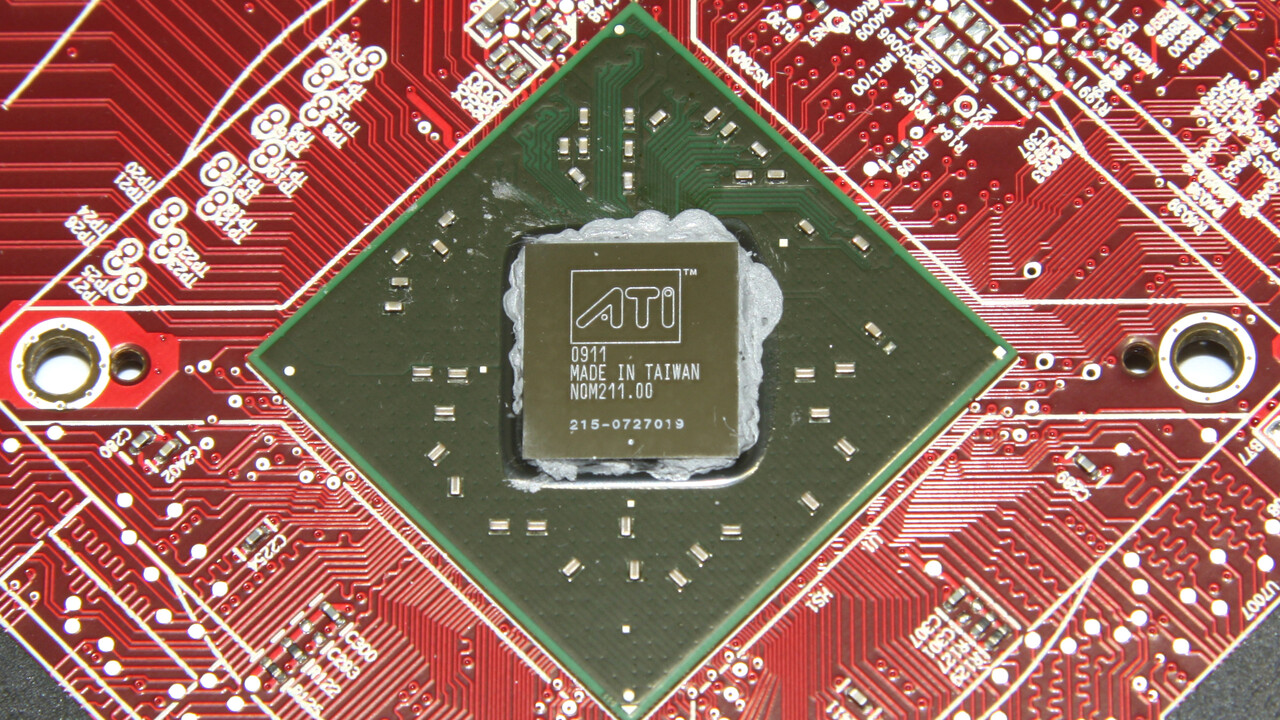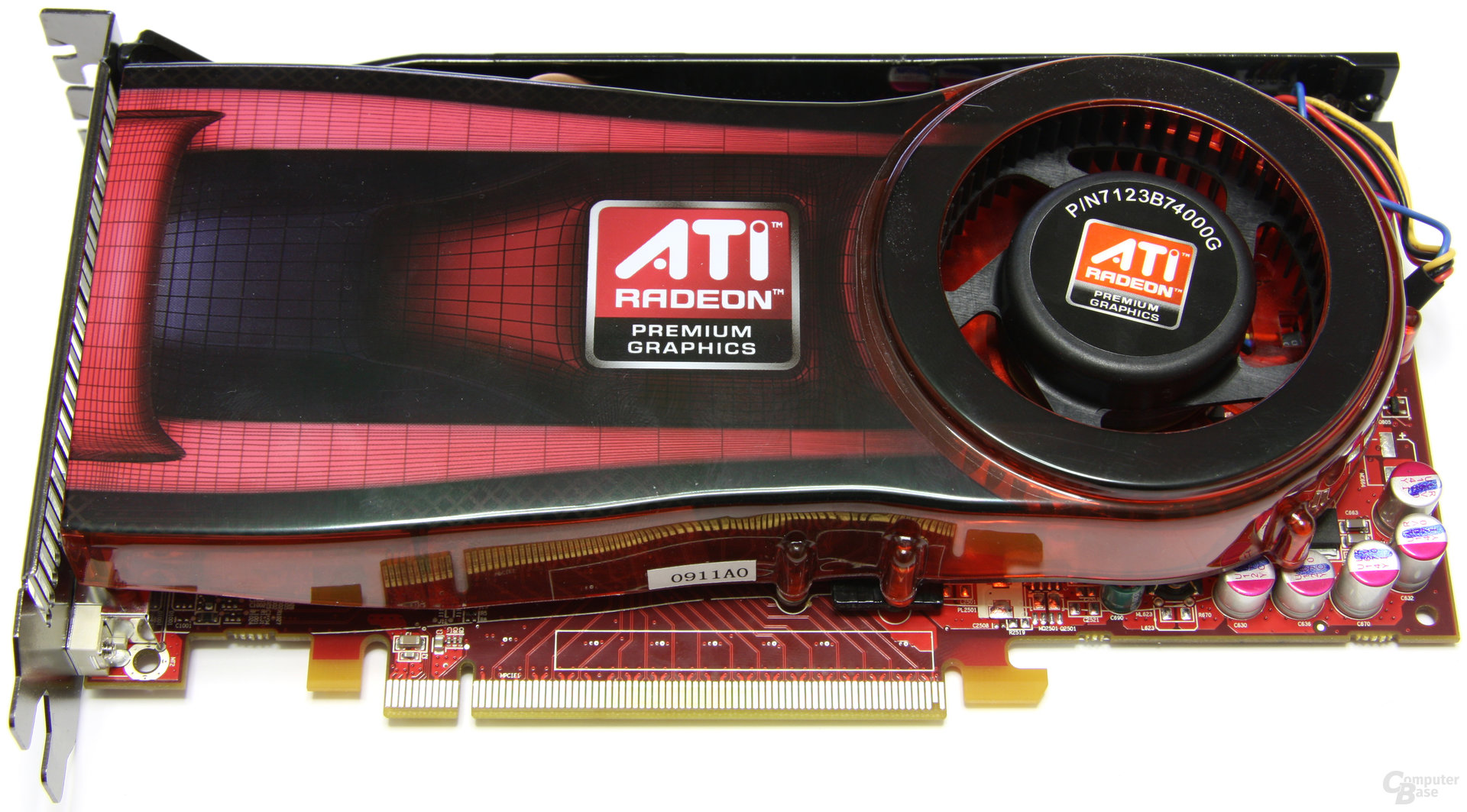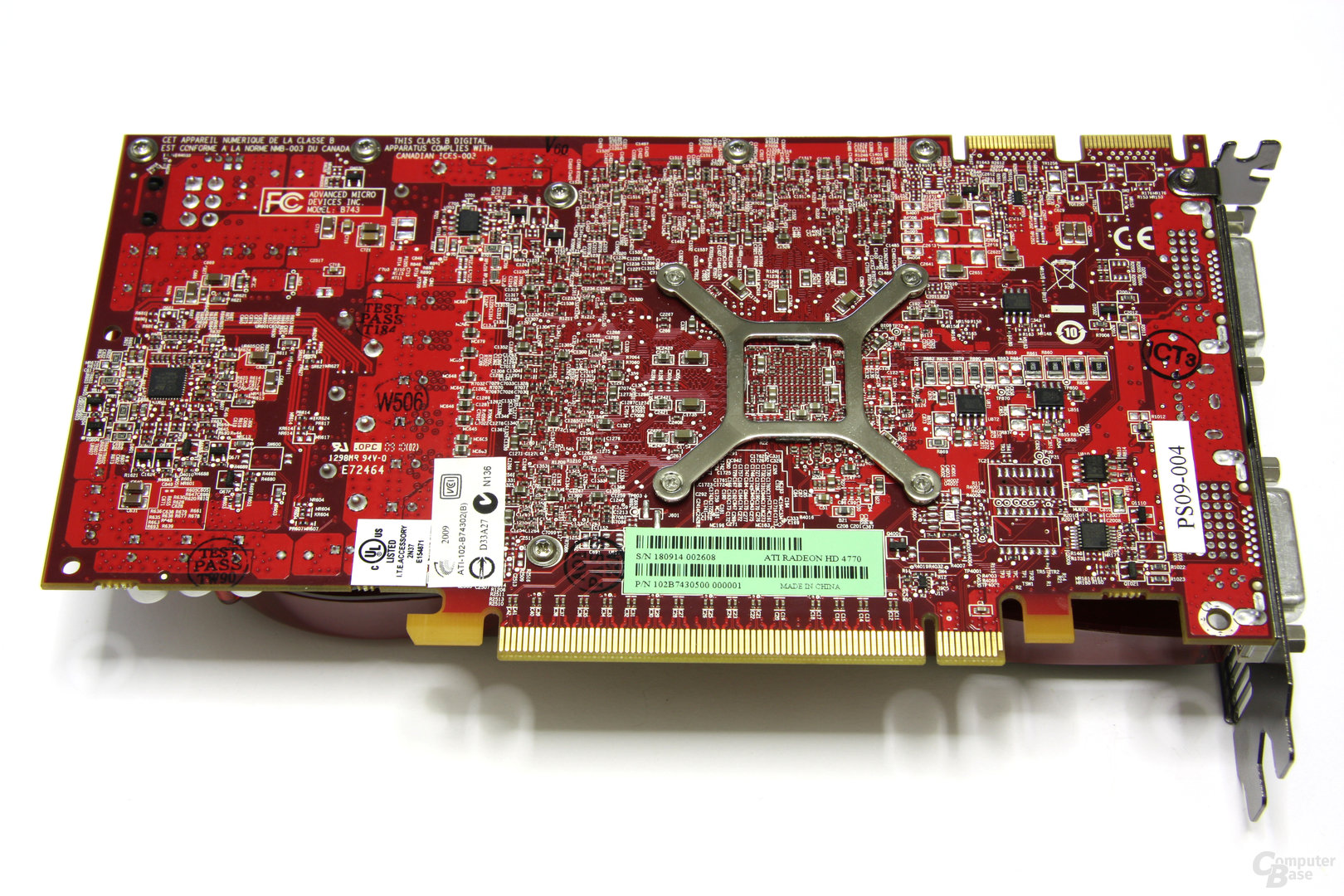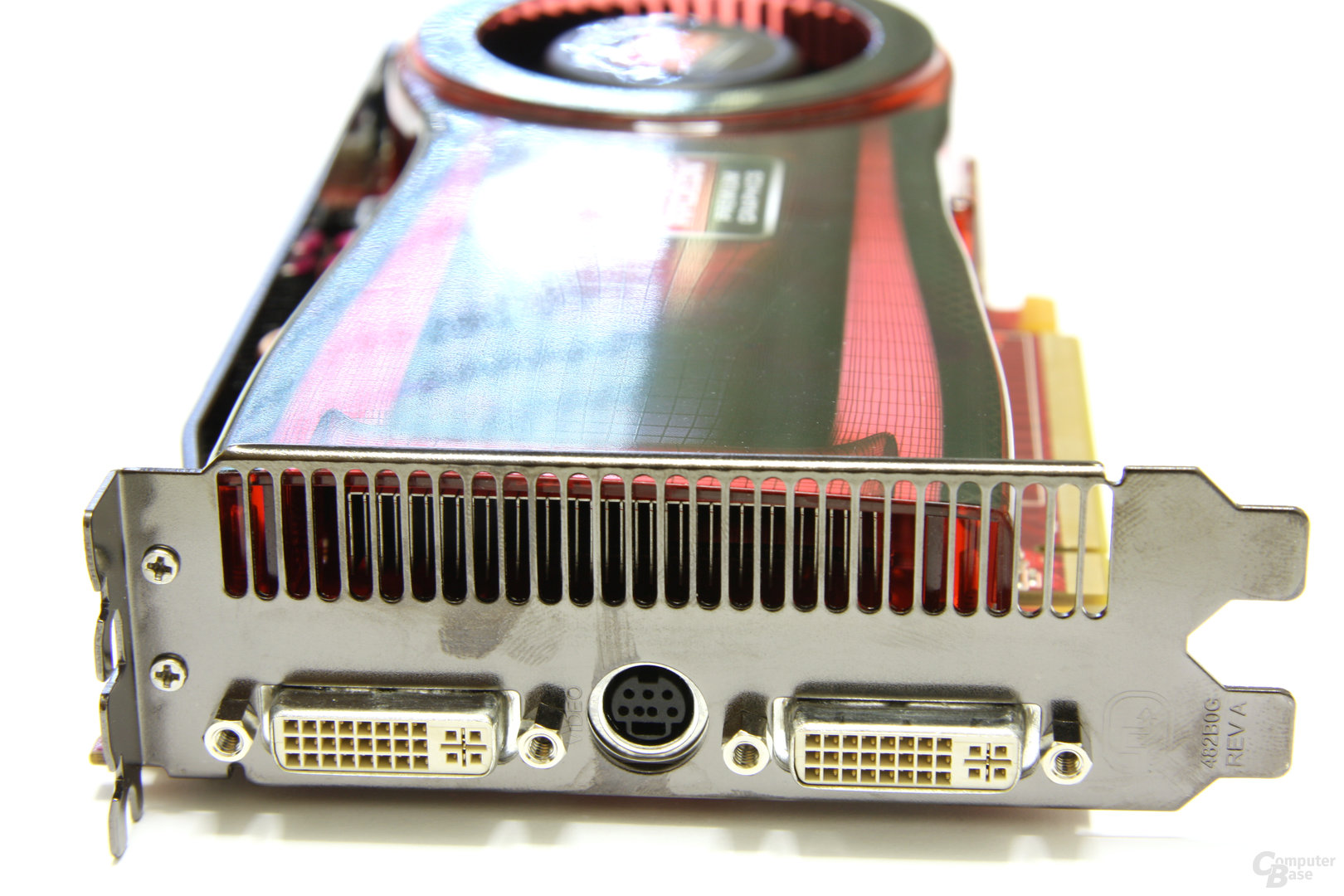With (test) the ATi Radeon HD 4770, AMD introduced its first graphics card with a graphics processing unit (GPU) using the 40nm process in 15 years. Customers were offered a fast, energy-efficient and quiet model for less than 100 euros.
RV740 GPU with 40nm manufacturing precision
The ATi Radeon HD 4770 was based on the new RV740 GPU, which was very similar to the older RV770 GPU, but had slightly fewer transistors. The most significant change to the RV740 is that it is manufactured using TSMC's 40nm process. The new manufacturing process allowed for smaller chips, which were therefore cheaper to produce and more energy efficient. The GPU architecture has not changed with the RV740; The high clock speeds of the Radeon HD 4770 promised very good performance compared to the Radeon HD 4830 and 4850. AMD has made compromises with the memory interface, which has been reduced from 256 to a slim 128. bits, which means the effective memory bandwidth was around 51.2 GB/s despite the fast GDDR5 memory instead of 63.5 GB/s for the Radeon HD 4850 with its old GDDR3 memory.
The Radeon HD 4770 in the reference design comes with a dual-slot cooler with aluminum fins and a 70mm fan on a PCB about 20cm long. The graphics card is specified for a power consumption of 80W, and therefore has a 6-pin PCIe connector, where the PCIe slot itself can only supply 75W.
Very good gaming performance for not much money
In benchmarks, the Radeon HD 4770 made a good impression and achieved high gaming performance. Depending on the resolution and settings, it was between 4 and 6 percent behind the Radeon HD 4850, which was €20 more expensive, and it consistently outperformed the smaller Radeon HD 4830 by about 10 percent. The situation was similar with competition from Nvidia in the form of the GeForce 9800 GT, which was about 10 percent slower for just under €10.
The Radeon HD 4770 managed to collect a few more bonus points in the B scores. Power consumption under load was one of the lowest among all graphics cards tested and was well below the level of the Radeon HD 4850 or GeForce 9800 GT – and the 40nm process paid off here . The situation was similar for the sound pressure level, which was not at all unpleasant and was at the lower end of the test range. Meanwhile, the built-in dual-slot cooler was able to keep the RV740 GPU at a very low temperature of 66°C under load. Not only was the Radeon HD 4770 intended for overclockers, ComputerBase was able to get a maximum of 7 percent higher performance from the graphics card.
Conclusion
At €89-€99, the Radeon HD 4770 was a very good graphics card. Gaming performance was sufficient for the vast majority of gamers 15 years ago. Power consumption, size and temperature were very good. There wasn't much criticism. At most, power consumption was a bit high when idle and the dual-slot cooler blocked the next expansion slot – both complaints at the highest level. That's why the Radeon HD 4770 earned a ComputerBase Recommendation 15 years ago.
In the In Test 15 Years Ago category, the editorial team has been taking a look at the test archive every Saturday since July 2017. We list the last 20 articles that have appeared in this series below:
More content of this kind and many other reports and anecdotes can be found in the old corner of the ComputerBase forum.

“Subtly charming coffee scholar. General zombie junkie. Introvert. Alcohol nerd. Travel lover. Twitter specialist. Freelance student.”










More Stories
GTA Online: Big rewards in open wheel racing, RC racing, and more
Millions of Galaxy AI users after the One UI 6.1 update is rolled out to other Samsung Galaxy devices – Samsung Germany Newsroom
$5 million Apex Legends tournament destroyed – Hacker reveals: 'It was just for fun'